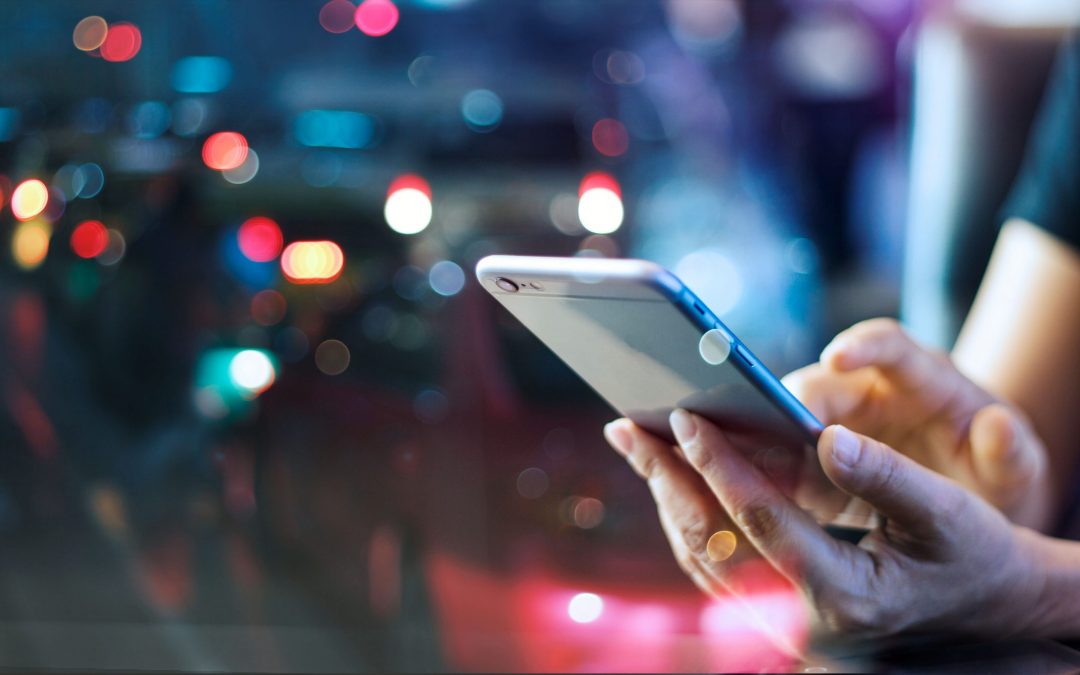It doesn’t matter if you’re a kid or an adult; no one is really immune to trends and fads, especially mobile trends! Marketers, especially digital marketers, need to understand the difference between mobile trends that will be impactful to their operations and those pesky fleeting fads.
Fads and trends: From old-school to modern mobile trends
Many moons ago, the schoolyards were filled with marbles; then it was pogs, followed quickly by Pokémon cards and, of course, devil sticks. I remember having these things separately but also all at once, though the reality is each one likely had a really entertaining month or two and then ended up in a forgotten drawer next to the rest of the fads.
Like a schoolyard at recess, the digital world is filled with trends, fads and every kind of shiny, fool’s-gold type object you can imagine.
This is a problem for both marketers and consumers. Whether it’s an ad campaign or landing page that convinces you to buy a product you don’t want or need or a marketing technique that fails to deliver on its too-good-to-be-true promise, it’s often difficult to avoid the pitfalls of the Internet.
There are, however, new technologies and trends that can have a significant effect on both consumers and marketers, which means telling the difference between impactful mobile trends and fleeting fads is an important skill.
Measuring trends and fads with the Pokémon GO Barometer
Pokémon GO is the perfect example of how to tell the difference between impactful mobile trends and fleeting fads because it transcends whether or not you have an actual experience with it.
Pokémon GO is changing the future of local marketing. It is impacting how consumers are shopping, which in turn affects how local brands are marketing to consumers (a group you are part of, even if you’re not playing Pokémon GO).
Additionally, the technology behind Pokémon GO – augmented reality – has captured the minds of brands and marketers and opened up a whole new line of connection with consumers. Within the augmented reality world, consumers play a game; in the real world, those consumers enter brick-and-mortar stores to achieve certain goals in their game. It’s genius.
What’s the difference between impactful trends and fads?
The big question remains: how do you tell the difference between an impactful mobile trend and a fad? Truthfully, there are no hard and fast rules.
The best way to think about impactful trends and fads is to ask yourself whether the game, tactic or strategy in question has crossed over into areas of your life where it may not belong. For example, the Pokémon GO conversation makes sense in schoolyards, but it’s everywhere else, too: in bars, on the news, in offices and at dinner tables around the world.
Chances are you will fall victim to a fad, and that’s okay. We’re all trying to make a difference for our brand or company and, at the end of the day, doing something – anything – to try to move the needle forward is better than sitting on your hands. Many fads are effective for short periods of time, they just don’t work as long-term staples.
For example, infographics have been called a fad before (albeit a multiple-year fad). While infographics may very well be in the autumn of their lifespan, many brands and companies have achieved great success with infographic marketing (us included!).
A big part of fading fads is an intuition about how a certain thing will affect people and society, but another component of it is simply ignoring the label. If something is working for you and your brand, who cares what other people call it?
Impactful trends like Pokémon GO are definitely fun, but there is a more profound impact than the novelty value alone. It has changed the way we do digital and mobile marketing. If you can add some fun to your campaigns while buying in on impactful trends, you might improve the efficacy of your campaigns. For more information on mobile trends and help with your digital marketing strategy, contact WSI today.


